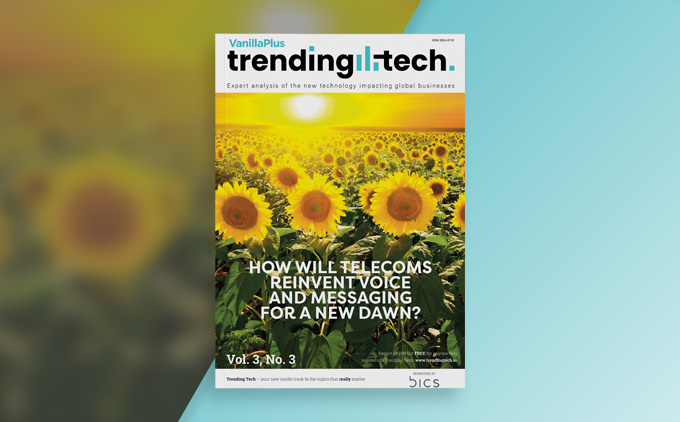Operators re-invent voice and messaging for a new dawn in telecoms
The telecoms industry has a bad reputation for innovation and is seen by many to have missed out on the major new digital opportunities of the last three decades. This is broadly unfair as telecoms operators have provided the hyper-connectivity foundation that is enabling all of these services. Operators have worked within the constraints of the traditional market place, bringing ultra-robust, high-availability services to market rather than the best effort beta products of the digital age that rely on customer-led development.
More recently, alternatives to operators’ traditional core business – voice and messaging – have arrived and it's now time for the telecoms industry to reinvent these offerings for a new dawn.
Inside this issue:
'Editors' Overview and Analyst Report: George Malim says that far from fading out, voice and messaging monetisation is set for a bright new dawn as 5G, RCS, and the digital economy converge on telecoms
Interview: Jorn Vercamert explains why wholesale carriers have a new role and emphasis in the communications market as their ability to provide secure and trusted infrastructure is recognised by enterprises
Whitepaper: Application-to-peer (A2P) messaging is one area where operators continue to see steady growth but there is still greater potential to mine. This whitepaper reveals four operator strategies to improve enterprise messaging monetisation
Register now to read New TrendingTech Magazine






